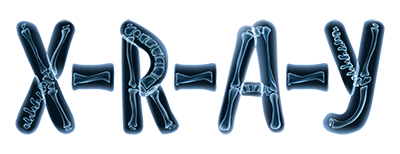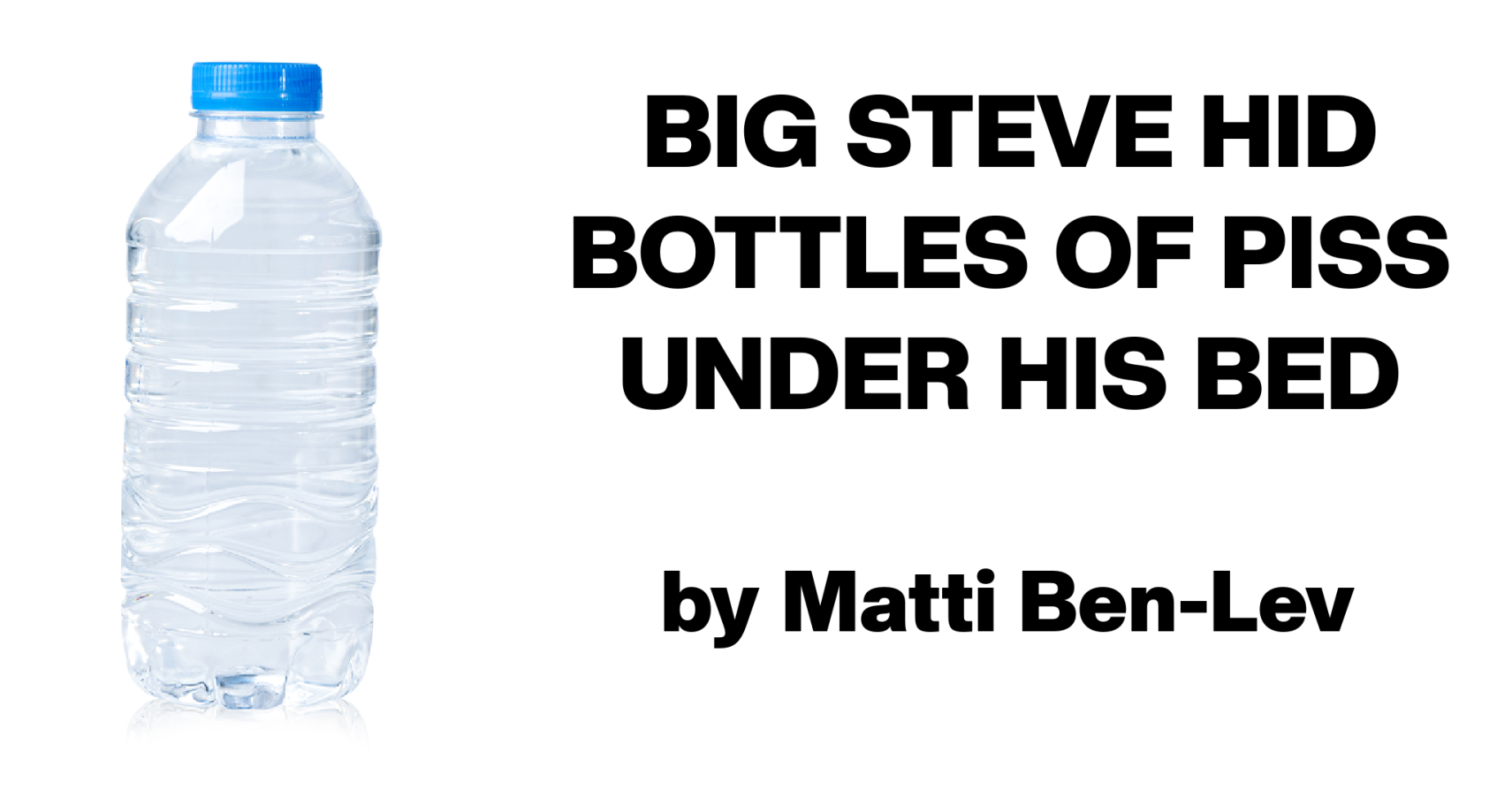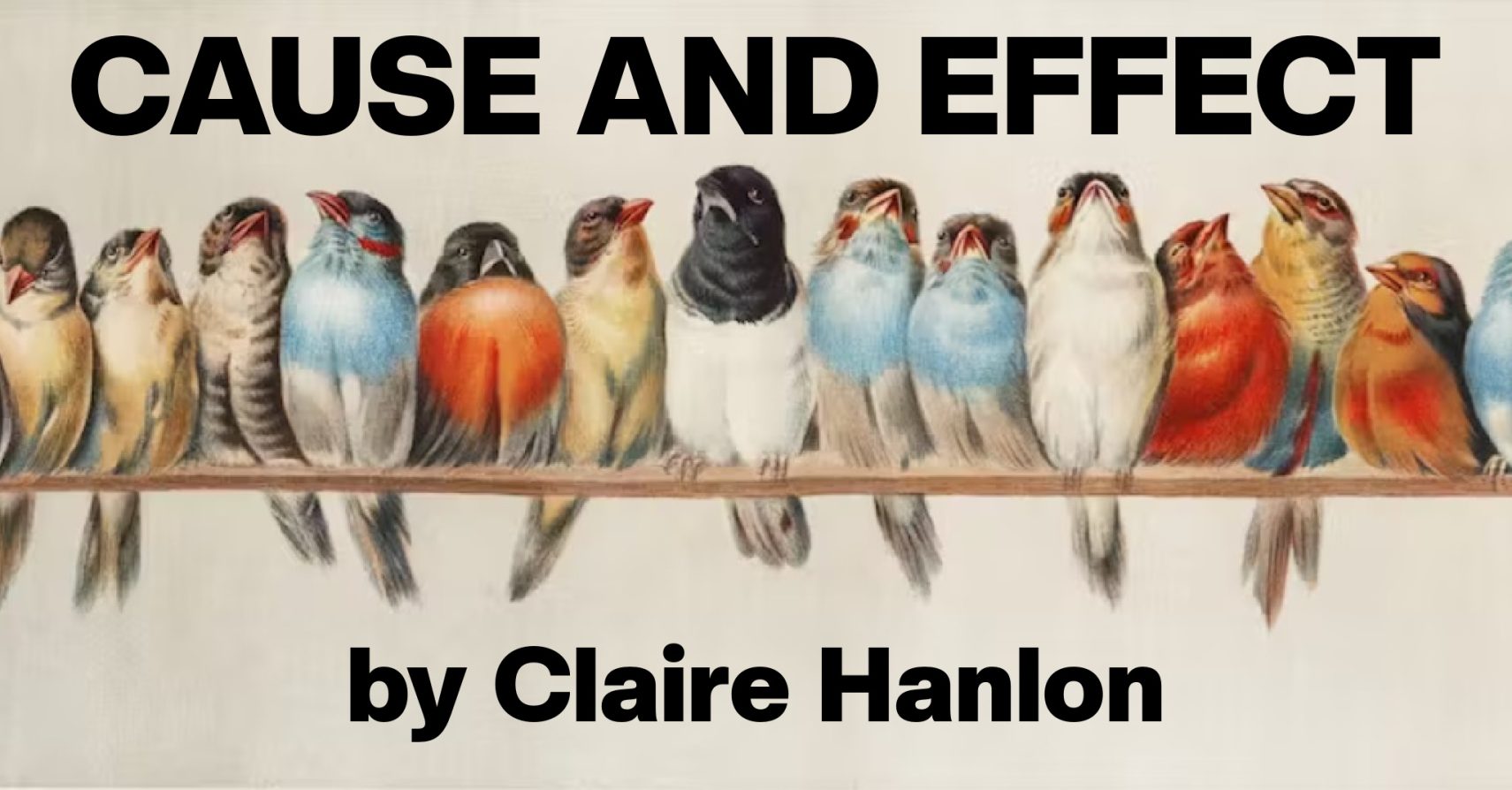
DAWNS by Bright Aboagye
On some days, you’re a ghost to your own body. Some mornings, your bones feel borrowed. Never been yours. Just something you’re renting till it all breaks down. You lie still and feel every joint light up like someone lit a match inside your marrow.
***
It’s 4:27 am and you’re staring at your laptop, trying to write a suicide note that sounds less dramatic than it is.All you’ve got so far is, I am tired.Three words. Nothing more. You backspace it and watch the cursor blink like it’s judging you. It’s the only thing in this room that has energy left. Your chest feels like it’s being stomped on from the inside, but you’re used to that.That’s the thing about sickle cell anaemia. It doesn’t kill you quick. It just… makes life a battle to survive. One crisis at a time. You were born on a rainy Friday in Accra. Your mother still says your scream sounded like broken notes on a piano. You spent the first two weeks in an incubator while your father paced the hospital halls, Bible in one hand, borrowed money in the other and watched for miracle. You almost died three times before you could crawl.By age 6, you knew the word “crisis” better than your own name.At 10, you learned to fake smiles in class when your fingers swelled like fat sausages and your spine throbbed like it had been crashed. Teachers called you lazy. Friends called you weak. You learned how to laugh it off.At 12, you wrote your first story. It was about a boy who turned his pain into fire and burned down everything that hurt him. You showed it to your English teacher. She said, “This is very… interesting.” She never brought it up again.Now you’re 25. A writer. Or at least you try to be.You’ve submitted stories to every online magazine. Most people never reply. The few that do send the same line, Your work is interesting but doesn’t quite fit our current needs. Or the usual, unfortunately we must pass it down. You used to believe that meant try again, edit the story and submit a better one. Now you just delete the emails without reading.One time, an editor told you, “Your writing’s too dark. Can you maybe add more hope? Readers like a little light at the end of the tunnel.”You wanted to ask her if she’s ever spent three nights awake trying not to scream because your bones were fighting each other. There’s nothing like hope in your journal. Just pain. Your friends say they love you.But they also say things like, “So, what triggers your sickle cell? Like… if you drink too much or what?”“Do you think you’ll live to 40? Have you thought about kids? I mean… would that even be fair?”Sometimes they say nothing at all when you tell them about the bad nights. They just drop emojis.A friend once said, “But at least you get to stay home and write, right?”Right. Stay home and bleed without screaming. Stay home and count your red blood cells like coins in a dying piggy bank. Stay home and write stories no one publishes and even if published, no one really reads. You want to die. You were more than tired. You just hate being the only one in your body who knows how much this hurts.You’ve thought about everything: Overdosing (you’re already halfway there with the meds anyway), slitting your wrist (but that might take too long, and you hate mess), hanging (but there’s no beam in your room that looks strong enough) and sometimes you think you’ll just will it. Just lie here and tell your heart, you can stop now. Just go.Last week, your old crush Dufie texted out of nowhere.“Hey stranger. Was just thinking of you. You, okay?”You stared at the message for two hours. Typed “yeah, all good” and deleted it.You almost told her.Almost said, “I wake up and it feels like my skeleton wants to escape.”“I haven’t written in weeks because my hands don’t always obey anymore.”“I think I’m losing the war in my body.”But you didn’t. Because Dufie likes pretty things. And you’re not one of them. You’ve never been attractive.The sun’s starting to argue with the horizon. The pain has reduced but your hands still shake. You start typing again.I’m tired. But I’m here. And I wrote this. That must count for something.You save it as a draft. Just in case you wake up tomorrow. You have a half-finished novel on your desktop called Sinking Life. It’s about a sick boy who becomes a famous writer and dies before his first book is published. You wonder if maybe you should finish it before you go. Or maybe leave it half-done. Let someone else write the ending.***
It’s 4:48 am now.Your parents prayed for ten years to have you. Ten long, fasting, and all-night vigil years. Anointing oil on their foreheads every Sunday, candle wax melting into prayer mats, womb soaked in prophecy and mouths sipping holy water. Your mother nearly died giving birth, and your father named you, Nhyira — blessing.The irony doesn’t escape you. You were supposed to be a miracle. Instead, you became a calculation. A schedule. A lifelong stress no one clocks out of.“Don’t sleep without a blanket.”“Did you drink water?”“Take your folic acid.”“Have you eaten?”“Don’t strain yourself, remember your blood.”Every phone call is surveillance. Every visit feels like a check-up. Every hug is full of fear.You started noticing it in their eyes by the time you were fifteen. The look that says, if anything happens to you, we’ll die too. You became the air they breathed and the choking in their throats.Your father still tells people, “My son is a writer.”He doesn’t mention you haven’t published a single book. That you’re rejected more than you’re read. That you spend most of your days in a dark room, writing paragraphs you delete an hour later.Your mother is worse. She sends you Bible verses every morning. Sometimes five in a row. Psalm 118:17 is her favorite, “I shall not die, but live, and declare the works of the Lord.”You don’t have the heart to tell her that just surviving doesn’t feel like living. And the good works is the death you keep waiting for to come. You tried, though. God knows you did.***
You enrolled at the University of Ghana, studied English, made few friends and got good grades. Interned at a radio station. Had hope. Had plans. But pain doesn’t respect dreams. And crisis doesn’t care about deadlines.By your third year, you missed too many lectures. Couldn’t walk some days. Couldn’t even speak some nights. You almost died in a hostel room surrounded by empty ORS sachets and paracetamol drug to subside the pain. Your father drove from Tema at midnight. You could tell he wanted to be angry. He wanted to ask why didn’t you call sooner?But he just held your hand and said, “You’re all we have.”And that’s what broke you. So, you moved out.Rented a tiny single room in Dome. Far enough that your mother can’t drop in unannounced. Close enough that your father can still send Jollof with the delivery guy. They didn’t understand it. Your mother cried for a week. Your father just said, “At least let someone stay with you.”You said no. You didn’t want a nurse. Or a cousin. Or a caretaker. You just wanted yourself. And a space where you could fall apart without making someone else bleed. You told them it was for your writing. But really, it was because you couldn’t bear to see them wait for you to die.Some days you wonder if your mother regrets praying for you. If she watches you limp into the living room and thinks, maybe it would’ve been easier if we never had him.You try not to think like that. But the thoughts come anyway.You are their answered prayer and their curse. You’ve tried to write about it before.A story about a woman who gets her miracle child and then loses her mind caring for him. You submitted it to a magazine in Nigeria. The editor replied, “This feels too personal. Too bloated. Can you give it up with some humor?”You laughed until you almost coughed blood.***
It’s 5:02 am now.You hear the muezzin call for prayer from the mosque across the street. A rooster screams behind your window. Your joints feel like they’ve been replaced with rusted bolts. You haven’t slept.You open your WhatsApp. Your mother has already sent you Psalm 118:17 again. You type, “Morning, Ma. I’m okay.”You delete, “I’m okay.”You type, “I’m still here.” Then you put your phone down.You hoped your mother wouldn’t reply instantly. Because if she did, it would be another trap. Another invitation disguised as concern.“You should come to church. The Legon Interdenominational.”“The drama group needs someone like you to write their plays.”You never told her that your heart has been dry for years. That the ink she sees in your stories is mostly pain. You don’t believe in miracles anymore. The first and only time you went to the church, you sat rigid (as if you were imprisoned) in the back row, counting ceiling fans and exit signs. The choir sang and you wished to be a part of them. But you weren’t about to stand up there and sing to a God who hasn’t even blinked in your direction. The same God who lets you scream into your pillow night after night and never sends even a squeak back.You can’t write for a drama group when you’re living in one. And the script? It’s just hurt on repeat.The fan keeps spinning. The cursor keeps blinking.You close the suicide note; you’ve not changed your mind. You just want to finish one more story first. A second chance to live for few minutes.








